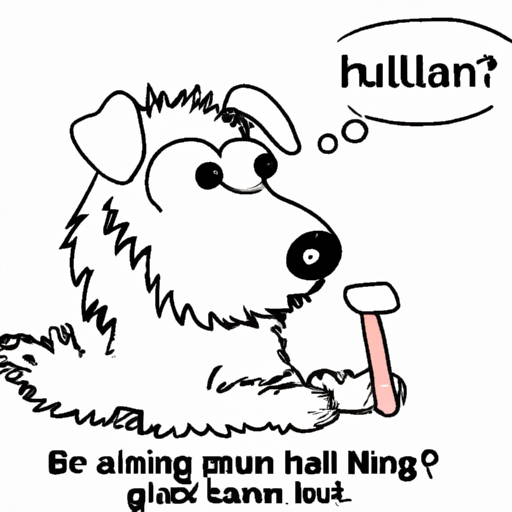As a devoted caregiver, you strive to provide the best for your furry friend. From their nutrition to grooming, everything matters. Among the various aspects of dog grooming, one that often gets overlooked is nail buffing. This comprehensive guide will help you understand what nail buffing for dogs is, its benefits, and how to do it safely and effectively.
What is Nail Buffing?
Nail buffing is a grooming practice that involves the use of a file or a grinder to smooth and shape your dog’s nails. This process not only enhances the appearance of your dog’s paws, but also offers several health benefits. Unlike traditional nail clipping, nail buffing offers a gentler, less stressful alternative for maintaining your dog’s nail health.
Why is Nail Buffing Important?
Nail buffing plays a crucial role in your dog’s overall health and well-being. Here are some key benefits:
- Prevents Overgrowth: Overgrown nails can cause discomfort and pain to your dog. They can also lead to posture problems and joint issues over time.
- Reduces Scratching: Buffed nails are less sharp, reducing the risk of accidental scratches to you, your family, and your furniture.
- Promotes Health: Regular buffing can help you monitor your dog’s nail health, enabling you to spot abnormalities like tumors or infections early on.
How to Buff Your Dog’s Nails
Buffing your dog’s nails can be a daunting task, especially for first-time pet owners. However, with patience and the right tools, you can master this task.
- Choose the Right Tool: Nail grinders are the most common tool used for buffing. They are electric devices that come with different grinding stones and speed settings. Choose a grinder that is quiet, as loud noises can scare your dog.
- Prepare Your Dog: Before you start buffing, make sure your dog is calm and comfortable. You can do this by introducing the grinder slowly and allowing your dog to get used to the sound and vibration.
- Buff Slowly: Start by holding your dog’s paw firmly but gently. Begin buffing from the bottom of the nail, and slowly move towards the tip. Take breaks if your dog seems uncomfortable.
- Reward Your Dog: After each session, reward your dog with a treat or a toy. This will make the experience more positive for them, making future buffing sessions easier.
When to Buff Your Dog’s Nails
Nail buffing should be a part of your dog’s regular grooming routine. However, the frequency depends on your dog’s lifestyle and the rate at which their nails grow. Typically, most dogs need their nails buffed every 3-4 weeks.
| Dog’s Lifestyle | Buffing Frequency |
|---|---|
| Active, often walks on hard surfaces | Every 4-6 weeks |
| Mostly indoor, less active | Every 2-4 weeks |
| Elderly, less mobile | Every 1-2 weeks |
Remember, it’s always safer to buff more frequently with less removal than to wait until the nails are overgrown.
FAQ’s
Q: Is nail buffing safe for my dog?
Yes, when done correctly, nail buffing is safe and can be less stressful for your dog than traditional nail clipping.
Q: Can I use a human nail filer for my dog?
While it’s not harmful, human nail filers may not be effective for dogs, especially those with thick nails. It’s best to use a tool designed for dogs.
Q: My dog is scared of the grinder’s noise. What should I do?
Try introducing the grinder gradually. Start by letting your dog sniff and inspect the tool. Then, turn it on a few times without actually buffing their nails. Reward your dog each time to create positive associations.
Q: What should I do if I accidentally hurt my dog while buffing?
If you accidentally buff too much and cause bleeding, apply a styptic powder to stop the bleeding. If your dog seems overly distressed or the bleeding doesn’t stop, contact your vet immediately.
Q: How do I know if my dog’s nails need buffing?
If your dog’s nails are touching the ground when they’re standing, it’s time for a trim or buff.
As a dedicated caregiver, your dog’s well-being is your top priority. Understanding the importance of nail buffing and incorporating it into your dog’s grooming routine can significantly enhance their comfort and health. Always remember, patience and positivity are key when introducing any new grooming practices to your furry friend.



